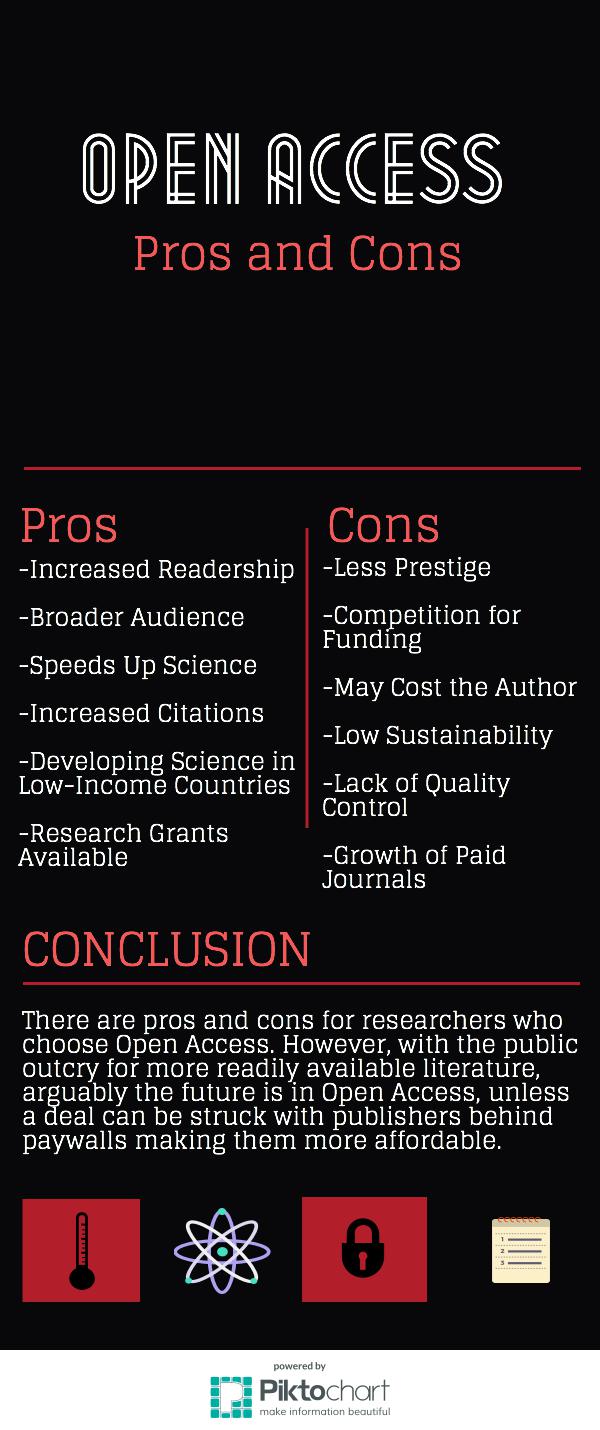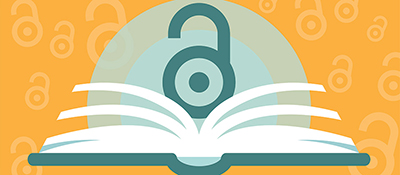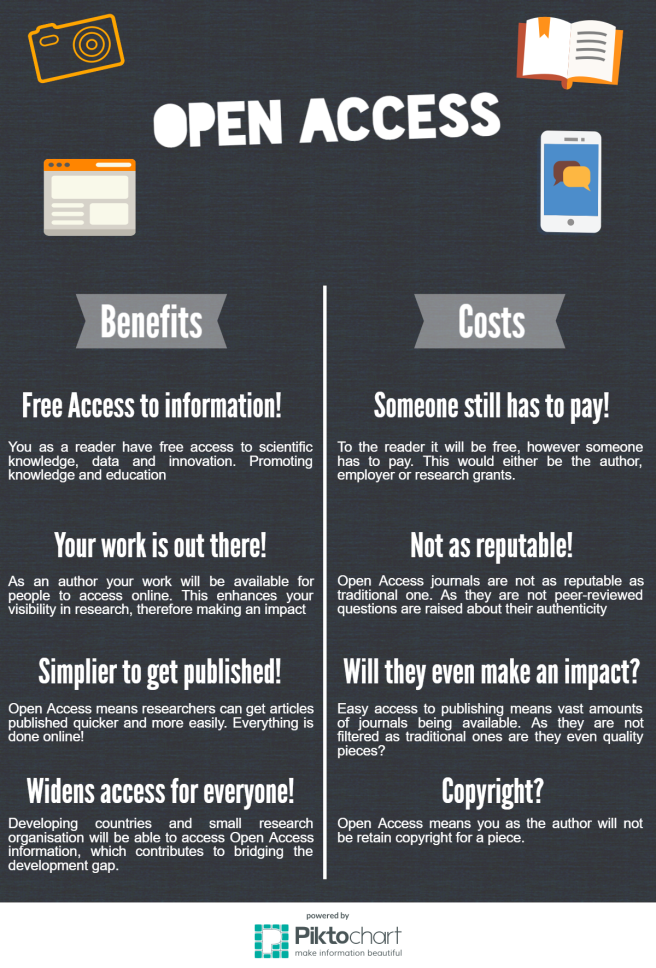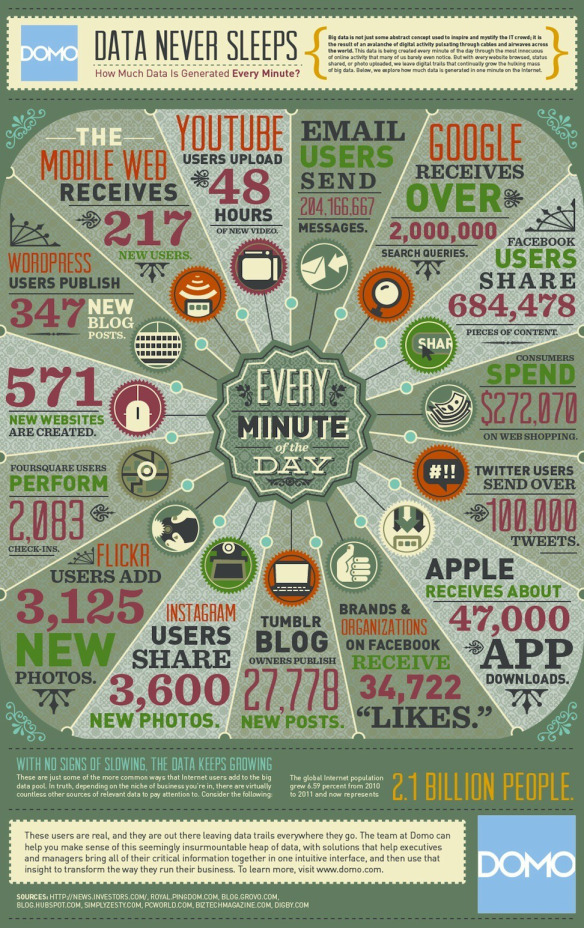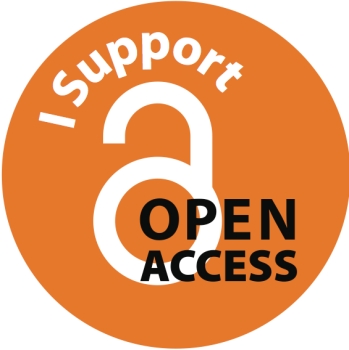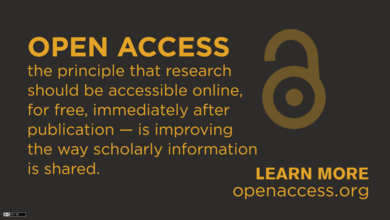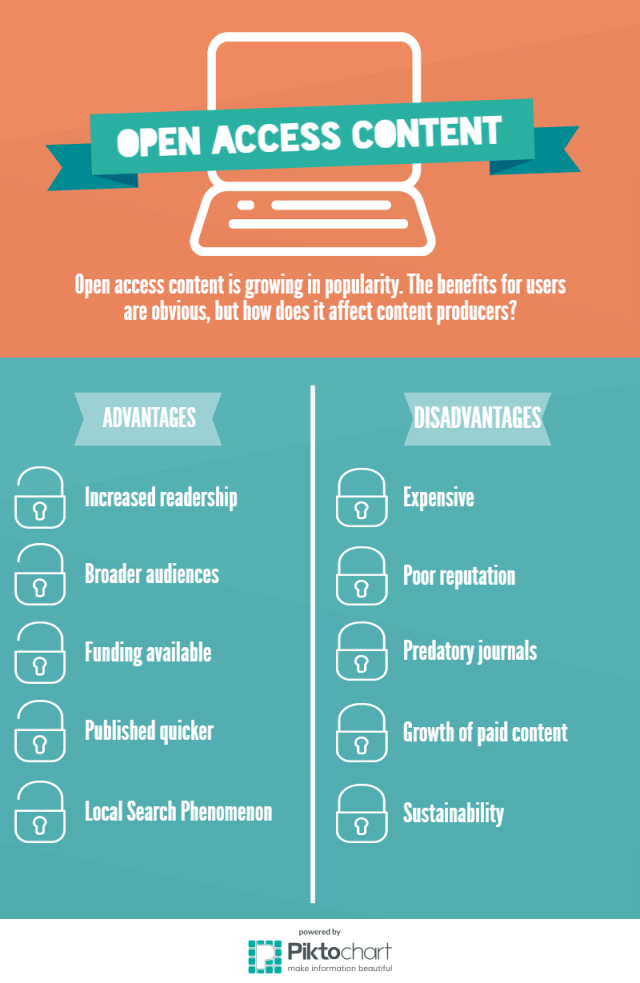
Open Access: Good Value for All?
When content producers make their content freely accessible, this is often referred to as Open Access.With society moving towards a more online focus, accessing material online has become a prevalent practice for many, particularly within educational institutions.
Continue reading →

